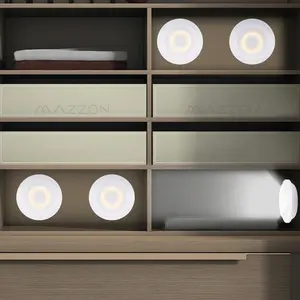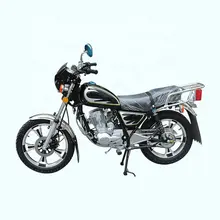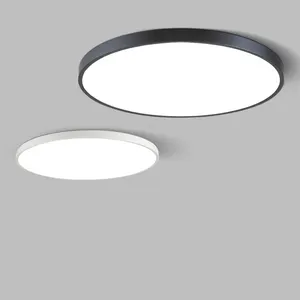
Không dây hai bánh mờ ánh sáng ban đêm COB pastable từ tủ ánh sáng phòng ngủ phòng khách cầu thang nhà bếp pin ánh sáng


Nấm nụ hoa có thể sạc lại LED Bảng Đèn Bàn đêm cho phòng ngủ ăn uống cảm ứng ánh sáng ban đêm đơn giản hiện đại trang trí


Đèn LED Gắn Tường Tự Làm Trang Trí Nhà Cửa Đèn Gia Dụng Thông Minh Đồng Bộ Âm Nhạc Điều Khiển Ứng Dụng Động Chơi Game RGB


2023 tuyến tính 72 "sang trọng Nickel Brass phòng khách phục hồi đèn chùm mưa ánh sáng mặt dây chuyền Trần treo Raindrop đèn


PIR cảm biến chuyển động ánh sáng Tủ ánh sáng tủ quần áo ánh sáng ban đêm với Pin cảm biến không dây LED an ninh trong nhà 10led 4aaa 50 CE Trắng
































 浙公网安备 33010002000092号
浙公网安备 33010002000092号 浙B2-20120091-4
浙B2-20120091-4